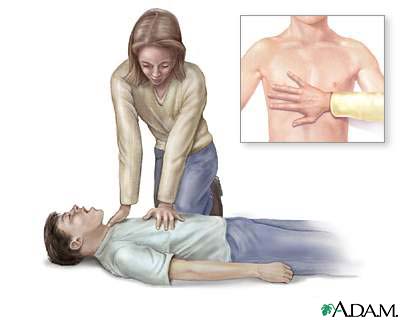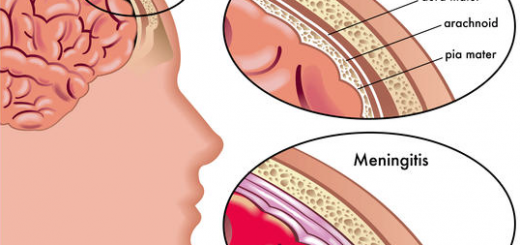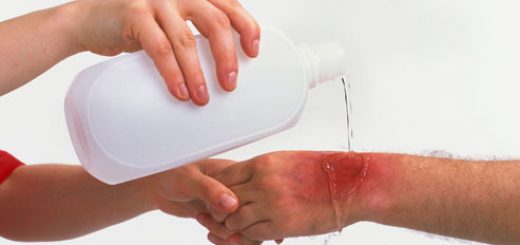How to Perform Chest Compressions on a Child
CPR is made up of performing chest compressions and rescue breaths to help a victim in cardiac arrest. Chest compressions work by compressing the heart and pushing blood around the body. CPR buys vital time until the arrival of a defibrillator and advanced medical aid.
The majority of victims of cardiac arrest are adults. However, cardiac arrest can occur in children. In this first aid blog post we’ll look at how to perform chest compressions on a child who has suffered a cardiac arrest.
Performing Chest Compressions on a Child
Each chest compression should be approximately one-third of the depth of a chest in a child. Achieving an adequate depth of chest compression is vital to ensure oxygenated blood reaches the victim’s brain and vital organs.
Chest compressions on a child should be given in the middle of the chest. Do not press over the ribs or lower portion of the breastbone.
A one-handed or two-handed chest compression technique can be used on a child in cardiac arrest.
One-handed chest compressions
To perform chest compressions on a child with one hand. Place the heel of one of your hands in the middle of the victim’s chest. Press down and release fully to perform chest compressions at a rate of 100 – 120 a minute.

Two-handed chest compressions
Larger children (or smaller rescuers) may require the two-handed chest compression technique in order to achieve adequate depth of chest compression.
Place the heel of one hand in the middle of the victim’s chest. Interlock the fingers of your second hand and lock your elbows. Use your upper body weight to perform each chest compression. Remember to release fully after each compression – do not lean on the chest wall.

Which Technique is Better?
Short answer is – it depends! There is not enough evidence to support the superiority of either technique.
The American Heart Association (AHA) says:
There are no data to determine if the 1- or 2-hand method produces better compressions and better outcome
American Heart Association Pediatric CPR Guidelines





